Optimal Timing for Concrete Cutting
Concrete cutting is a precise process that requires consideration of environmental and material conditions to ensure optimal results. Timing can impact the quality of cuts, equipment performance, and safety. Understanding the ideal conditions for concrete cutting helps in planning projects effectively.
Concrete cutting is most effective when temperatures are moderate, typically between 50°F and 85°F. Extreme cold can cause concrete to be brittle, while excessive heat may lead to rapid setting and difficulty in cutting.
Dry, clear days are preferred for concrete cutting to prevent moisture interference and ensure safety. Rain or high humidity can affect equipment and compromise the quality of the cut.
Cutting should be performed after the concrete has sufficiently cured, usually after 7 days for standard mixes. Cutting too early can lead to cracking or spalling.
Scheduling during periods of stable weather minimizes delays and ensures safety. Avoiding extreme weather conditions reduces risks associated with equipment and material performance.

High-precision saws and blades used in optimal conditions produce cleaner cuts.

Visual representation of concrete at different temperatures showing its impact on cutting ease.
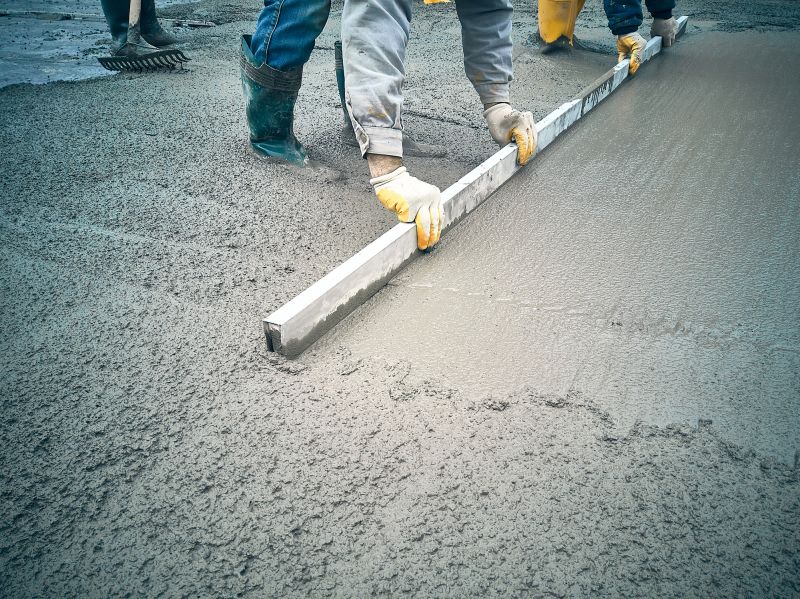
Images illustrating clear vs. rainy weather conditions affecting project timelines.

Ways to make Concrete Cuttings work in tight or awkward layouts.
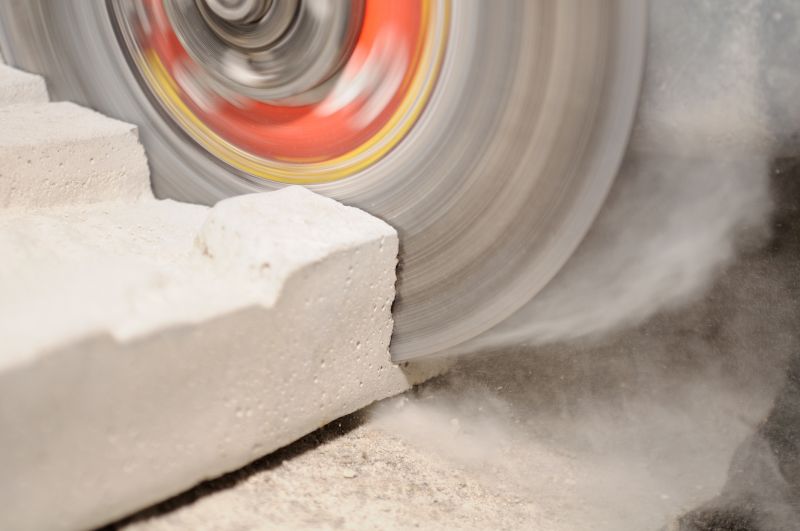
Popular materials for Concrete Cuttings and why they hold up over time.

Simple add-ons that improve Concrete Cuttings without blowing the budget.

High-end options that actually feel worth it for Concrete Cuttings.

Finishes and colors that play nicely with Concrete Cuttings.
| Condition | Ideal Timing |
|---|---|
| Temperature | 50°F to 85°F |
| Weather | Dry, clear days |
| Concrete Curing | After 7 days of curing |
| Season | Spring and fall |
| Humidity | Moderate levels |
Concrete cutting involves the use of specialized tools such as diamond blades and wire saws to create precise openings or modifications in concrete structures. This process is essential for installing utilities, creating access points, or modifying existing structures. The effectiveness of cutting depends on factors like concrete composition, reinforcement presence, and environmental conditions. Proper timing ensures minimal damage to the material and reduces the risk of cracking or spalling. Advances in equipment have increased efficiency and safety, making concrete cutting a reliable option for various construction and renovation projects.
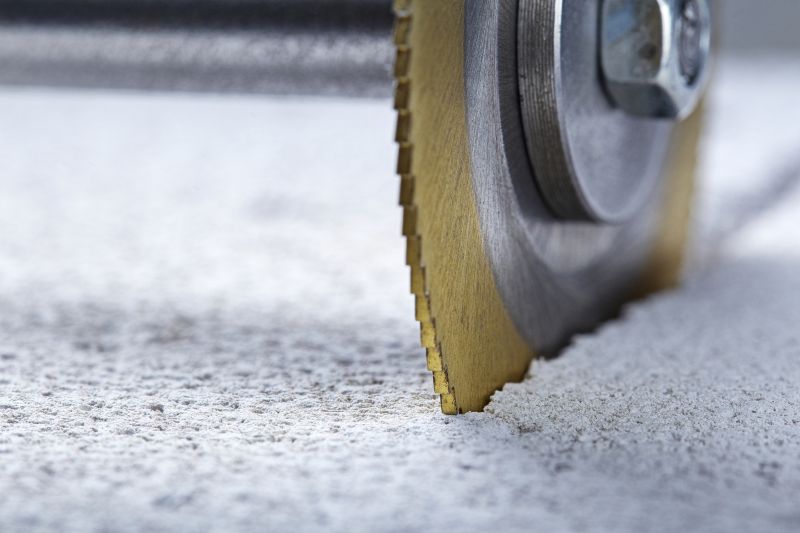
Close-up of a diamond blade in use on a concrete slab.
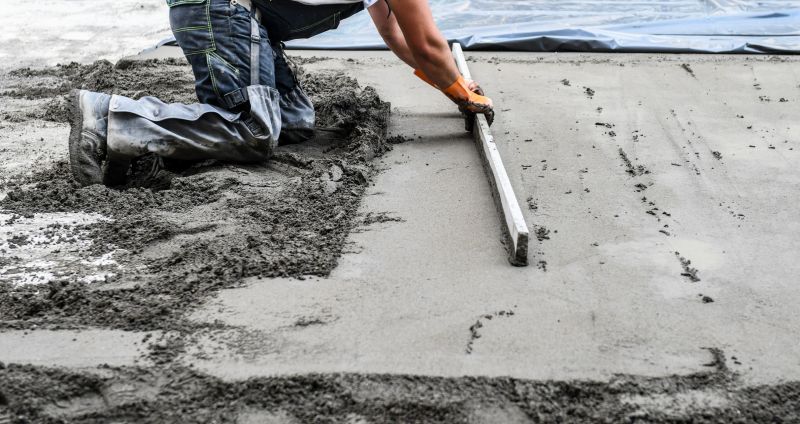
Preparing concrete surface before cutting for best results.
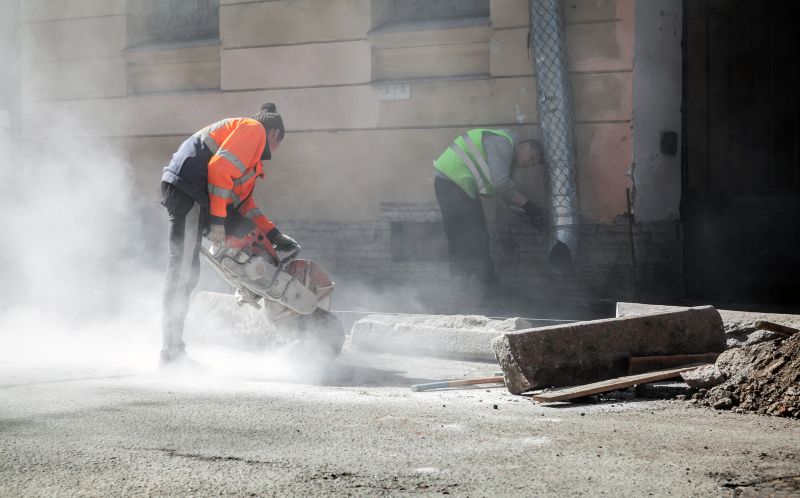
Images showing clear and rainy days affecting work schedules.
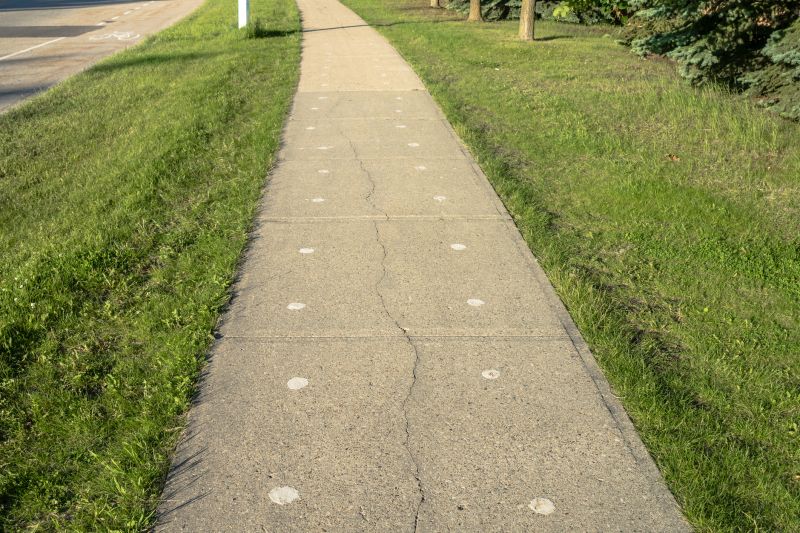
Visuals of summer and winter conditions impacting concrete work.

Little measurements that prevent headaches on Concrete Cuttings day.

A 60-second routine that keeps Concrete Cuttings looking new.

A frequent mistake in Concrete Cuttings and how to dodge it.

Small tweaks to make Concrete Cuttings safer and easier to use.
Choosing the right time for concrete cuttings ensures quality and safety. Proper planning around weather and temperature conditions minimizes project delays and enhances the durability of the modifications. Consulting with professionals can help determine the best timing based on specific project requirements and local climate patterns.
Interested in scheduling concrete cuttings? Contact for more information and assistance with planning your project.

